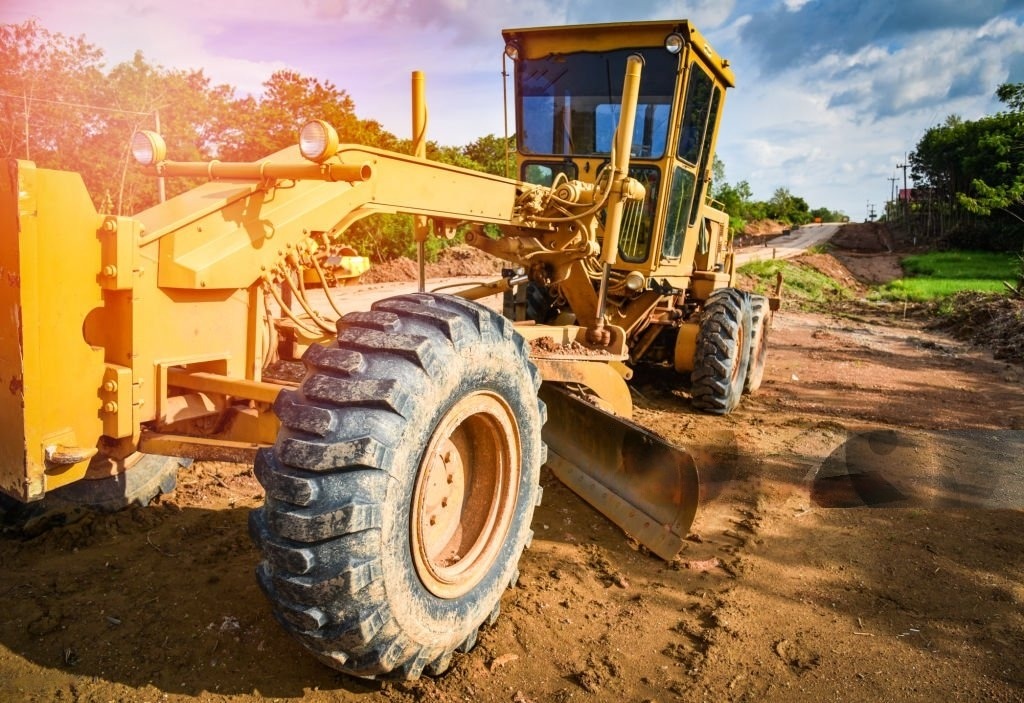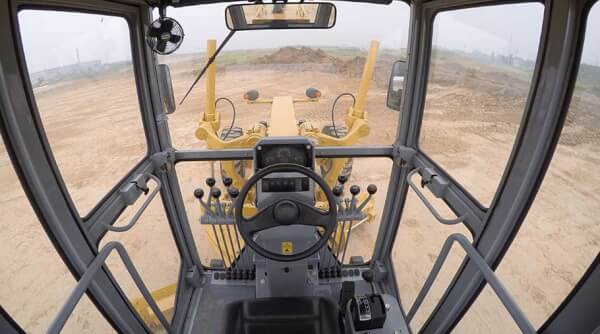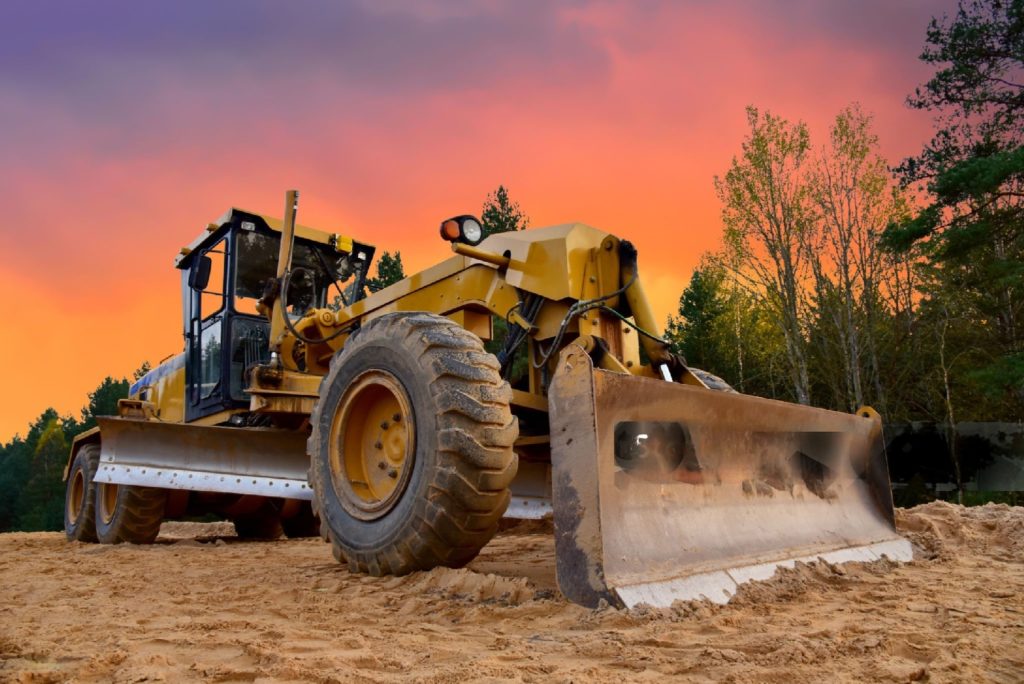The construction and maintenance of roads are pivotal to global infrastructure, impacting economies, communities, and everyday transportation. At the heart of this industry, road graders play a crucial role in shaping and levelling surfaces, ensuring that roads are smooth and durable. Recent technological advancements have dramatically transformed grader equipment, making road building more efficient, precise, and sustainable. Let’s explore the top advancements in grader technology and their implications for the future of road building.

1. Automation and Robotics
One of the most significant advancements in grader technology is the introduction of automation. Automated graders, equipped with GPS and machine control systems, can achieve precise grading at higher speeds and with less manual intervention. This technology not only enhances accuracy but also reduces the labour costs associated with road construction. Moreover, robotic graders can operate in hazardous or less accessible environments, improving safety and expanding the range of projects that can be undertaken.

2. Hybrid and Electric Power Systems
As the world moves towards greener solutions, the road construction equipment industry is not left behind. Hybrid and electric graders offer numerous advantages over traditional diesel-powered machines, including reduced emissions, lower noise levels, and decreased fuel consumption. These sustainable technologies are particularly beneficial in urban areas, where environmental regulations and public concern over air quality are prominent. Additionally, electric motors can deliver power more efficiently, potentially increasing the lifespan of the machine and reducing maintenance costs.
3. Advanced Materials and Manufacturing Techniques
The durability and efficiency of graders have also been enhanced through innovations in materials science and manufacturing techniques. The use of high-strength, lightweight materials not only reduce the overall weight of the equipment but also improves fuel efficiency and operational capability. Additionally, advancements in manufacturing technologies such as 3D printing allow for the creation of complex parts that are both stronger and more reliable, further extending the operational life of graders.
4. Intelligent Systems and IoT Integration
The integration of the Internet of Things (IoT) in grader technology facilitates real-time monitoring and data analysis, enabling predictive maintenance and operational efficiency. Sensors placed throughout the grader monitor everything from engine performance and fuel consumption to blade alignment and wear. This data can be used to predict equipment failures before they occur, minimizing downtime and maintenance costs. Furthermore, the data collected can help refine processes and training, leading to continual improvements in road construction techniques.

5. Enhanced Operator Comfort and Safety Features
Modern graders are also focusing on operator comfort and safety, which are crucial for productivity and job satisfaction. Cabins equipped with ergonomic controls, advanced suspension systems, and climate control make operating a grader less physically taxing. Enhanced visibility, reverse cameras, proximity sensors, and automatic emergency braking systems further ensure the safety of the operator and other workers on site.
6. Modular Designs and Versatility
Finally, the move towards modular design in graders allows for greater versatility and customization. Quick-change attachments and adjustable features mean that a single grader can perform multiple functions, from traditional grading to more specialized tasks like undercarriage cleaning or slope cutting. This not only reduces the need for multiple machines but also maximizes the utility and flexibility of the grader within various types of road construction projects.
Conclusion
The road building industry stands at the brink of a technological revolution, with grader technology at the forefront. These advancements promise not only to enhance the efficiency and quality of road construction but also to address broader environmental and safety concerns. As we continue to innovate, the future of road building looks robust, characterized by smarter, safer, and more sustainable construction practices that will define the infrastructures of tomorrow



